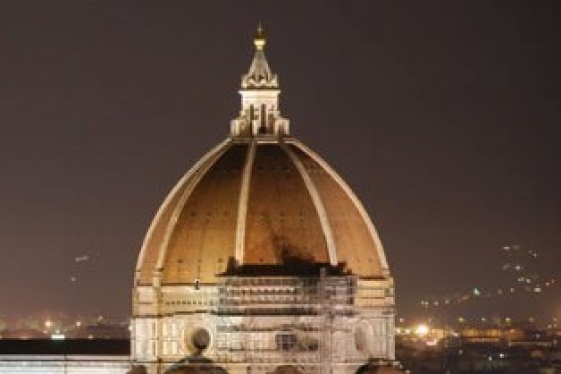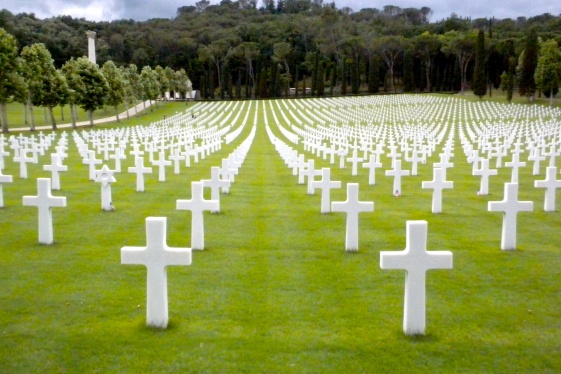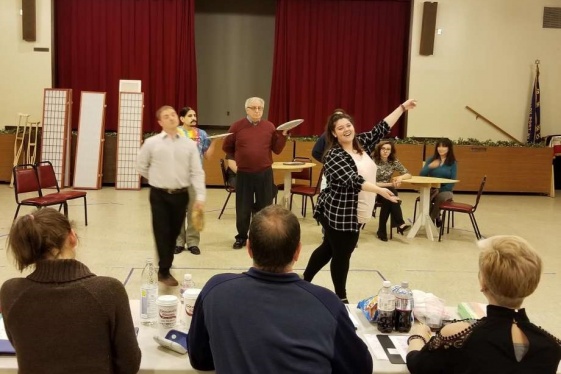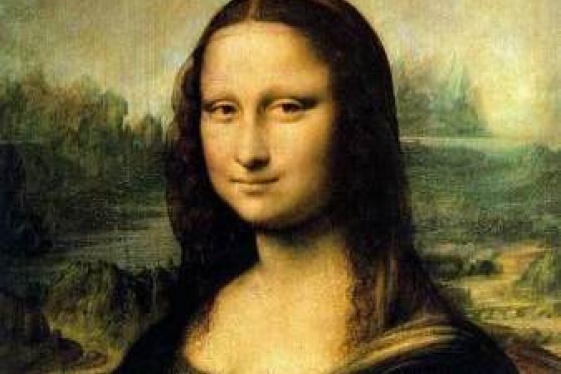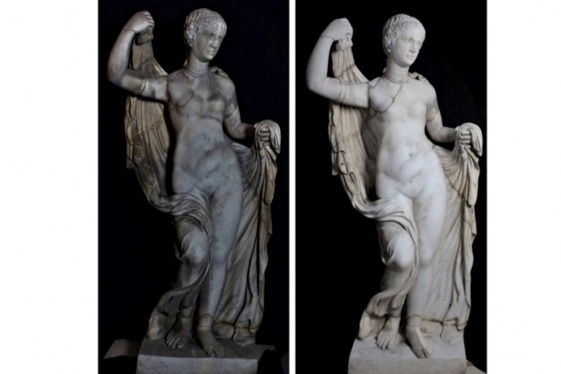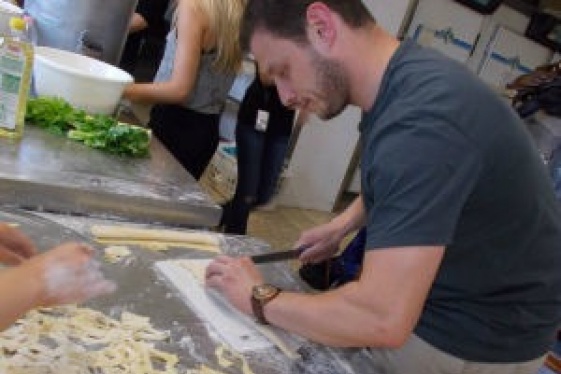

In Siena, at the Museum of Santa Maria della Scala, is set up the exhibition “Una città ideale. Dürer, Altdorfer e i Maestri Nordici della Collezione Spannocchi a Siena” (An ideal city. Dürer, Altdorfer and the Nordic Masters of the Spannocchi Collection in Siena). The exhibition presents works from the Pinacoteca Nazionale in Siena, the Museo Civico in Siena and the Gallerie degli Uffizi in Firenze from the Spannocchi collection.
The collection was born in 1774 following the marriage between Caterina Piccolomini di Modanella and Giuseppe Spannocchi, belonging to two noble Sienese families: the art objects of the Spannocchi palace thus went to join those of the Piccolomini. The couple's heirs donated the family picture gallery to the Civic Community of Siena in 1835. The fact that the Spannocchi Collection, which is also a unique case in the field of Sienese collecting, is focused on Nordic artists, is explained by the way the collection was formed.
It all started with the acquisitions made by the Sienese general Ottavio Piccolomini and his nephew, Captain Silvio Piccolomini, in Mantua, commander of the imperial troops during the Thirty Years' War. Before that, however, Ottavio Piccolomini bravely fought in the War of Succession of Mantua in 1628-1631, alongside the emperors and against the Franco-Mantuans. Many of the works in the collection came into his possession during the Sack of Mantua of July 18, 1630, the date on which even the Doge's Palace, left by the Duke forced to leave the city, was looted and its treasures divided between the commanders of the imperial forces. The original nucleus is therefore Gonzaga, and the preference given to the artists of Northern Europe is explained by the trade and cultural relations that the countries of the north of the continent woven with Mantua.
The collection was then enriched with the legacy of Monsignor Ludovico Piccolomini, from the Trento Cathedral, that - as mentioned - passed to Giuseppe Spannocchi in 1774 as a dowry of his wife.
The exhibition is intended to be a stage in the process of reuniting the paintings of the Spannocchi Collection and has the Nordic painting as its main theme: there is a selection of works on display among the Nordic Room Paintings of the collection. These depict sacred scenes, portraits, mythological scenes, still life, deaths, views and utopias. Among the artists, Albrecht Dürer and Albrecht Altdorfer, two of the great names of the German Renaissance, stand out: of the latter, the two plates with the Farewell and Martyrdom of St. Florian from the Uffizi Gallery. Among the most important paintings are Dürer's canvas with the Saint Jerome, signed and dated 1514, Lucretia as a painter linked to the circle of Lucas Cranach, The Beheading of the Baptist, attributed to a German artist who collaborated with Altdorfer. The exhibition, divided chronologically and thematically, ends with the View of the Ideal City by Flemish artist Paul Vredeman de Vries, and the Tower of Babel by an anonymous painter of considerable iconographic interest.
There are more and more museum initiatives that try to reconstruct collections lost or dispersed in various parts of the plant. This trend is valid on two very important points: the philological reconstruction of a taste representative of the period in which a collection was assembled, and a tile in the recomposition of a historical mosaic larger than the history of Italy.
You may be interested
-
Lecture and Concert that bring Italy to New...
Saturday, february 28 - 7 pm ESTChrist & Saint Stephen's Church - 120 W 69th St,...
-
'Buongiorno Papà' vince Nice Festival Usa
'Buongiorno papà' di Edoardo Leo, film sui quarantenni single in Italia, interpretato da R...
-
'Christmas I Remember Best': The Italian ceme...
Years ago our family spent an idyllic summer in beautiful Florence, Italy, the heart of Re...
-
'Love in Firenze' comes to The Addy at Procto...
Composer Ed Munger, 76, and lyricist Herb Weisburgh, 82, are a local songwriting duo who h...
-
'Mona Lisa's' identity could be revealed thro...
By Jamie Wetherbe The mystery of "Mona Lisa's" real-life muse, which has spawned centurie...
-
'Rediscovered Aphrodite' In Italy's National...
The recently restored statue of Aphrodite housed in the Museo Archeologico Nazionale (Nati...
-
'Saffron tourism' takes hold in Italy, harves...
Saffron tourism is the holiday of choice for a growing number of people fascinated by the...
-
'The Art of Italian Cuisine' teaches students...
This past summer, 20 students traveled to Siena, Italy, for the two week-long study abroad...



